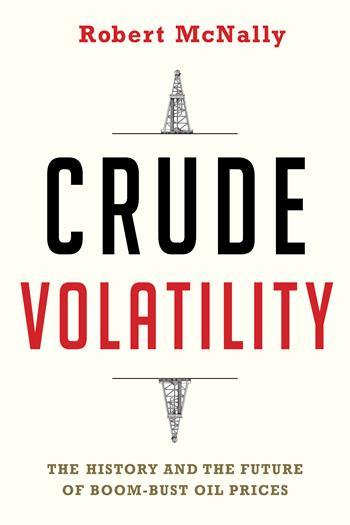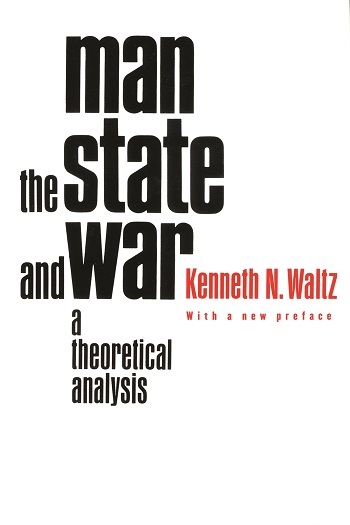Old Numbers, New Data
“I decided to write this book to explore more deeply how oil’s history can clarify recent trends and shed light on tomorrow’s path, and to present my findings to the general reader as well as the energy expert.” — Robert McNally
This week, our featured book is Crude Volatility: The History and the Future of Boom-Bust Oil Prices, by Robert McNally. In today’s post, we feature an excerpt from the preface to Crude Volatility, with some illuminating graphs. (Click on the images to see them full-size!)
Tackling this topic presented formidable challenges, not the least of which was getting good historical data and information. For “barrel counters,” the search for better data is a never-ending and arduous quest. Historical data on prices and spare production capacity—central to this book—are especially scarce and patchy. I am therefore delighted and proud that my able research assistant Fernando Ferreira and I were able to unearth historical data and present two novel data sets, neither of which (to my knowledge) existed until now.
The first data set is a continuous, market-based price series for U.S. crude prices extending back to 1859 and continuing to the present on a monthly basis. Constructing this series entailed digging up prices based on field quotations, exchange-traded pipeline certificates (a proxy for crude oil prices), prices paid by Standard Oil’s purchasing agency, and data from the American Petroleum Institute and the Energy Information Administration.
The key issue here is frequency of the data. BP helpfully publishes historical crude oil prices back to 1859 on an annual basis. But annual averages fall short of illustrating boom-bust price trends as more frequent and dramatic price swings—daily, weekly, monthly—get lost in the annual average. Unless otherwise noted, all prices cited in this book, including this new monthly historical price series, are in nominal instead of real or inflation-adjusted terms. Using real prices would not change the story from a volatility perspective, but I decided to use nominal prices to better connect the prevailing historical narrative with price changes…
The second unique data set developed for this book is for U.S. spare production capacity extending back to 1940 and continuous data on U.S. and global spare capacity since 1955 (that is, including the Seven Sisters until the early 1970s and OPEC afterward). This entailed exhuming information from various government and industry reports and publications. Currently, EIA’s published OPEC spare production capacity extends back to 2003.
My goal is to contribute to our understanding of the economic and political forces that shaped oil prices in history so as to better understand them today and tomorrow. Whether I have succeeded I leave to you, dear reader, to judge…







